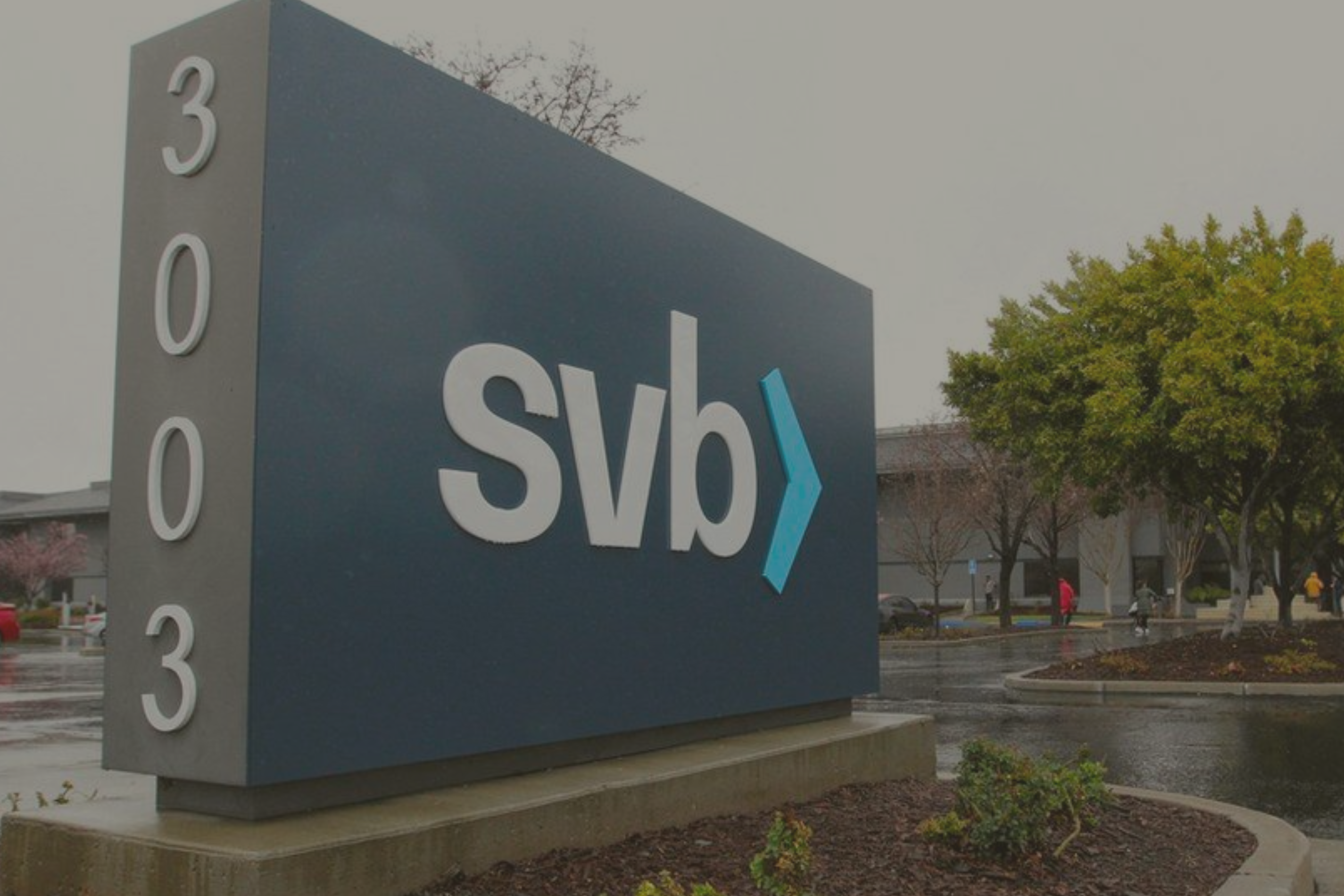Lessons from Silicon Valley Bank’s demise
The spectacular work ‘Another Place’ by the British sculptor Antony Gormley[1], of one hundred naked men scattered along 1.5 miles of Crosby Beach in Liverpool, provides a useful twice-daily reminder about hidden risks in the financial world. As Warren Buffet once said about easy money and favourable markets hiding risks:
‘You only find out who is swimming naked when the tide goes out.’
The demise of Silicon Valley Bank (SVB) is one such case of being exposed by a falling tide. The bank focused on providing banking services, including the placing of deposits, to many early stage and start-up tech firms, alongside venture capital firms, both in the US, and via SVB UK, to UK firms. At the end of last week, depositors began to worry about whether the bank was going to be able to meet its obligations and began withdrawing their cash. The root cause of their concern lay in the exposed reality of the risks the bank had taken by accepting deposits and then investing the money in longer-dated US Treasuries.
That worked just fine when short-term interest rates were near zero and longer-dated bonds paid higher yields. Unfortunately, SVB’s skinny dip into the bond market was exposed by the rapid increase in bond yields in the second half of 2022, which saw yields on 10 Year Treasuries rise from 2% a year ago to almost 4% at the end of last week. That put a huge dent in SVB’s balance sheet, due to the losses incurred on the bonds as a consequence of these yield rises (bond prices move in the opposite direction to bond yields). This in turn lead to a rapid loss of confidence that the bank could meet its liabilities.
SVB UK was purchased by HSBC for £1 and its depositors’ money was secured, allowing its young tech firm clients to avoid a severe, even terminal, liquidity crunch. In the US, the Federal Reserve, the US Treasury and the FDIC, which secures deposits up to US$250,000, came up with a plan to protect all depositors, including those uninsured by the FDIC. The Fed also set up a borrowing facility for other banks to provide liquidity against US Treasuries (and some other assets) based on the bonds’ par (i.e. redemption) value at maturity. Although other small banks are under pressure, this has likely stopped any systemic risk to the banking sector. Equity and bond holders of SVB rightly face the risk of losing their capital.
We may see some volatility in bank stocks until the full picture becomes clearer (i.e. is everyone else wearing swimming trunks and will the Fed’s towel cover the embarrassment of any who are not?).
What lessons can we learn?
Perhaps the most important aspect of this debacle is to identify what lessons we can learn. Here they are:
- A deposit is an unsecured loan to a financial institution. Your money moves onto their balance sheet and you only get your money back if the bank remains solvent.
- Government backed insurance schemes, have limits on how much they will protect you. For example, the UK’s FSCS guarantee on deposits is only up to £85,000 per eligible person banking group[2].
- Diversification is critical to managing risk. For those with cash, diversifying it between banks or via a money market fund should be an important consideration and advice should be sought where necessary. CFO’s of these tech start-ups, and those of the venture capital firms, should have known better.
- The other aspect of diversification is at the security level. SVB has a global market capitalisation of around 0.03%, which is an insignificant amount in a diversified, systematic portfolio.
- Never assume that all financial institutions are smart. The age old mistake of borrowing short and lending long has brought down many institutions over the ages, not least Northern Rock in the UK during the Credit Crisis of 2007-9. Many institutions regrettably pumped client money into Bernie Madoff’s multi-billion dollar Ponzi-scheme fraud through insufficient due diligence. More recently, many high profile firms backed Sam Bankman-Fried’s now-collapsed FTX exchange in crypto-world (another area where a lack of swimming trunks is rapidly being revealed).
A systematic investment process can protect you from many risks, not least through broad diversification. Whilst it is not Canute-like and the market’s tide will ebb and flow, at least you know that you are swimming with your trunks on!
If you have any questions in relation to this blog, please contact a member of the Wells Gibson team.
Risk warnings
This article is distributed for educational purposes only and should not be considered investment advice or an offer of any security for sale. This article contains the opinions of the author but not necessarily the Firm and does not represent a recommendation of any particular security, strategy, or investment product. Reference to specific products is made only to help make educational points. Information contained herein has been obtained from sources believed to be reliable but is not guaranteed.
Past performance is not indicative of future results and no representation is made that the stated results will be replicated.
[1] It is a most spectacular installation, not to be missed if you happen to find yourself in Liverpool. https://www.visitliverpool.com/things-to-do/another-place-by-antony-gormley-p160981
[2] More information here: https://www.fscs.org.uk/what-we-cover/banks-building-societies/






